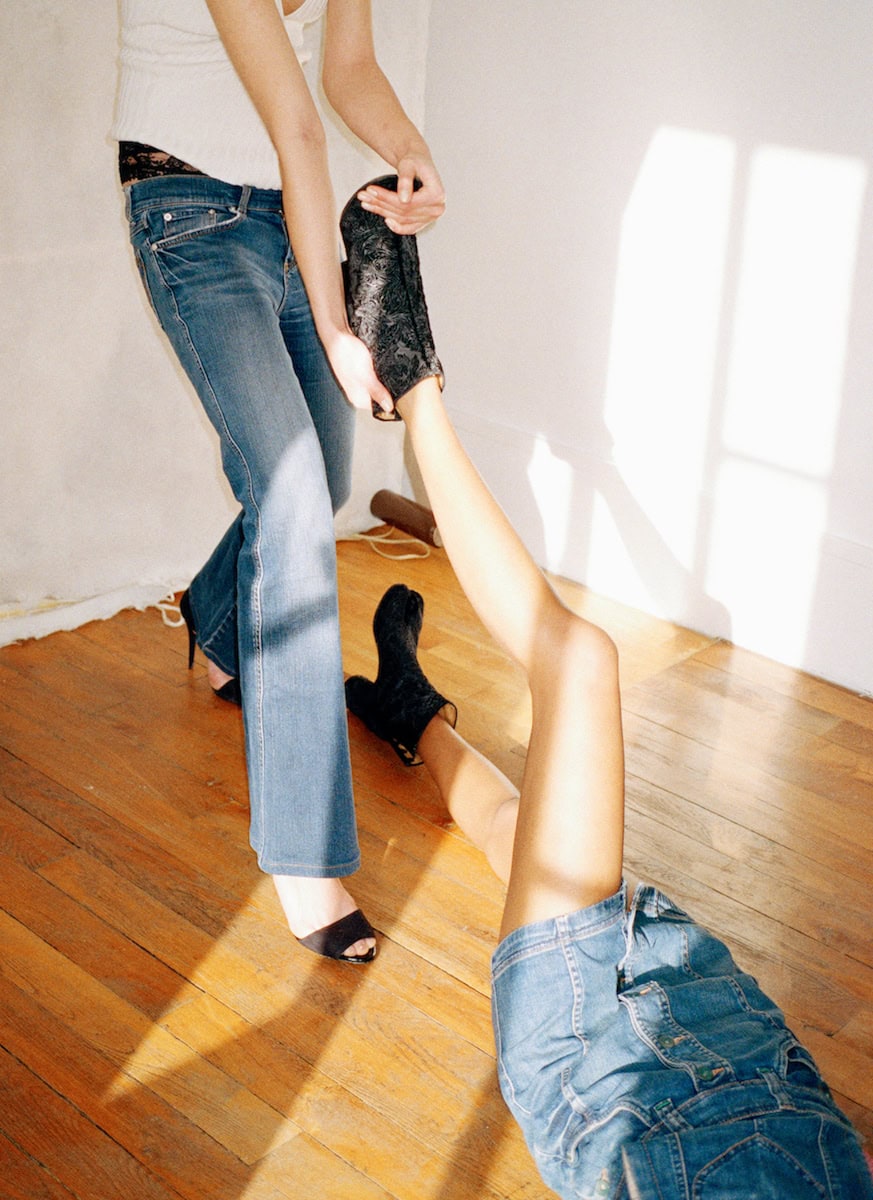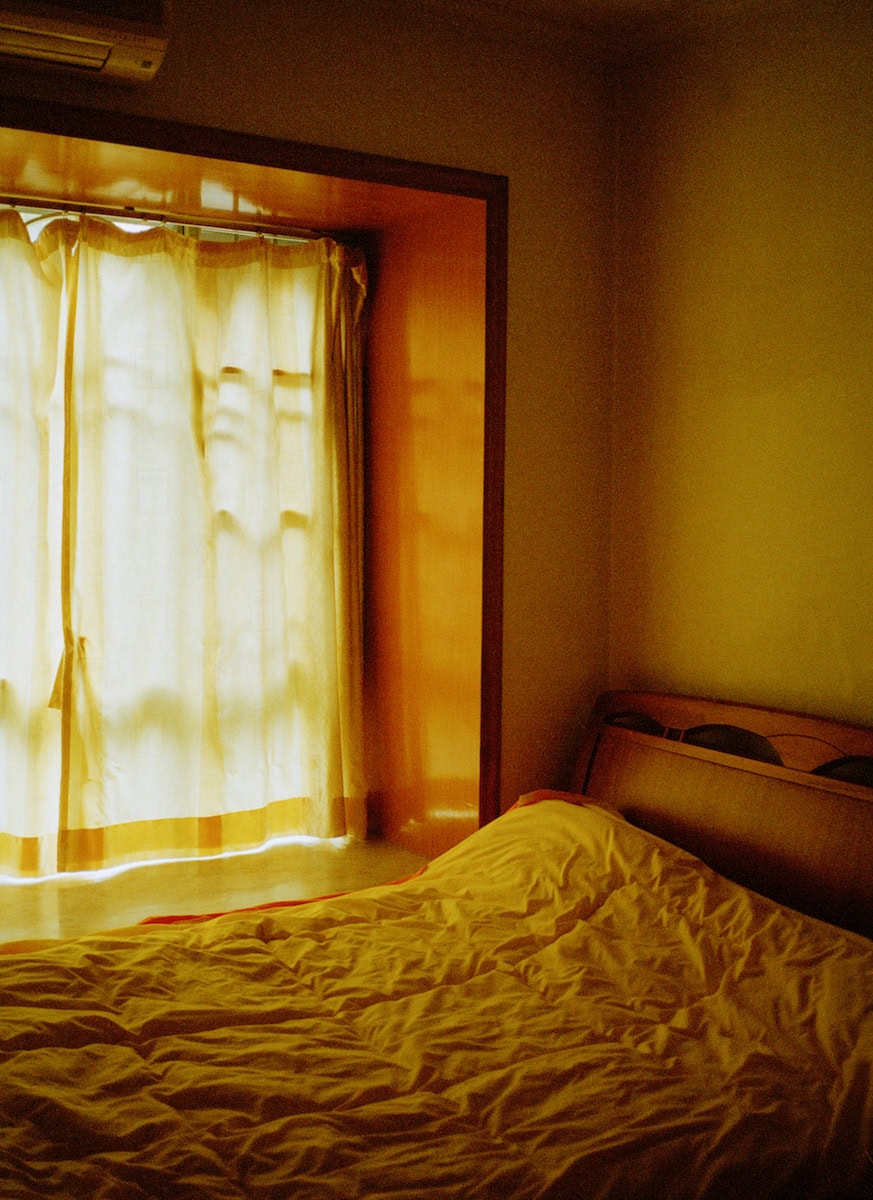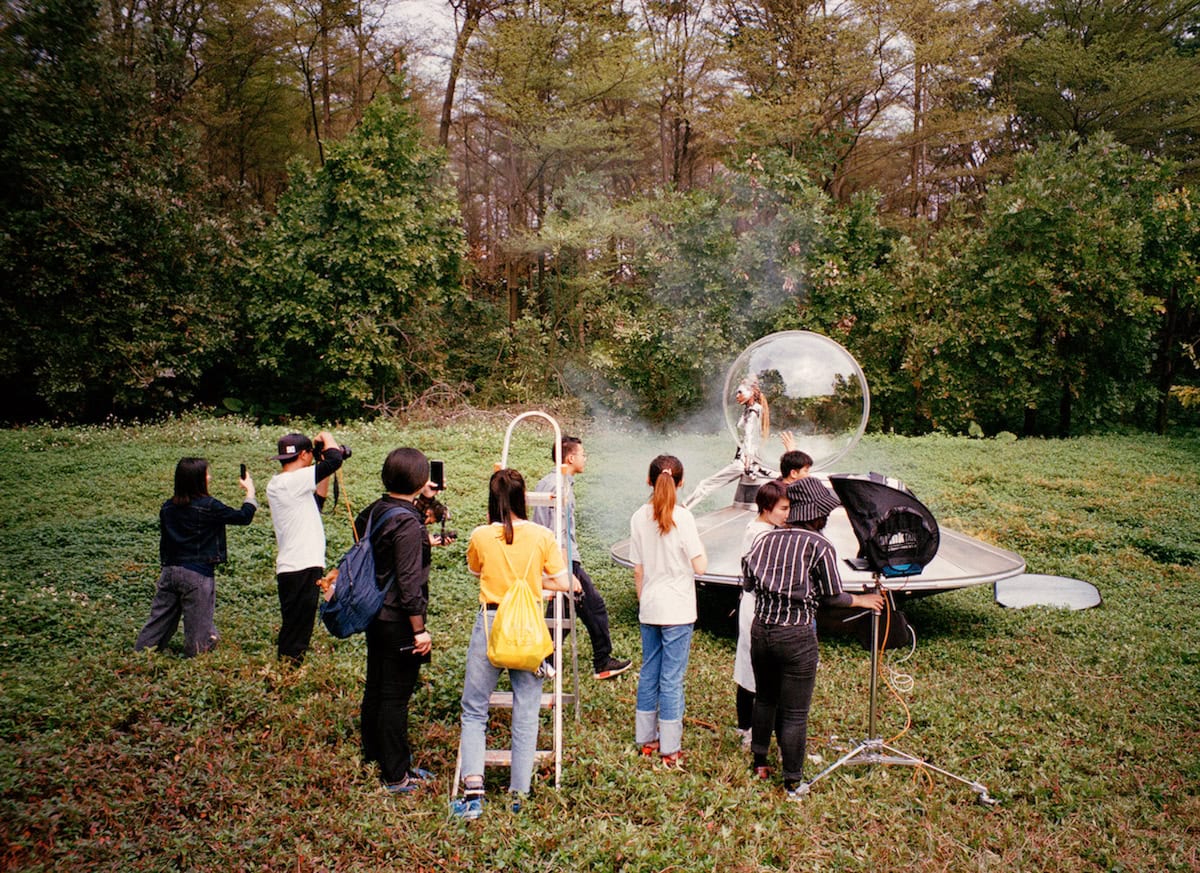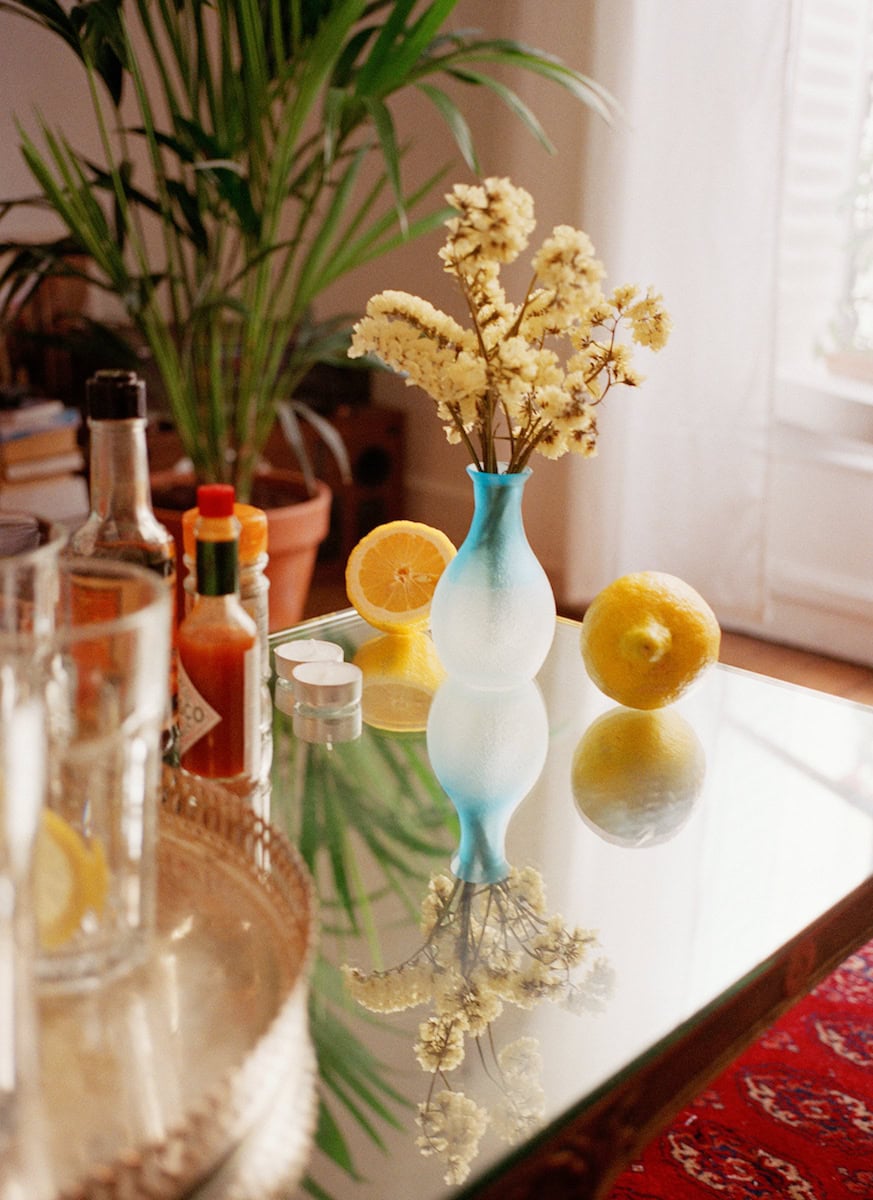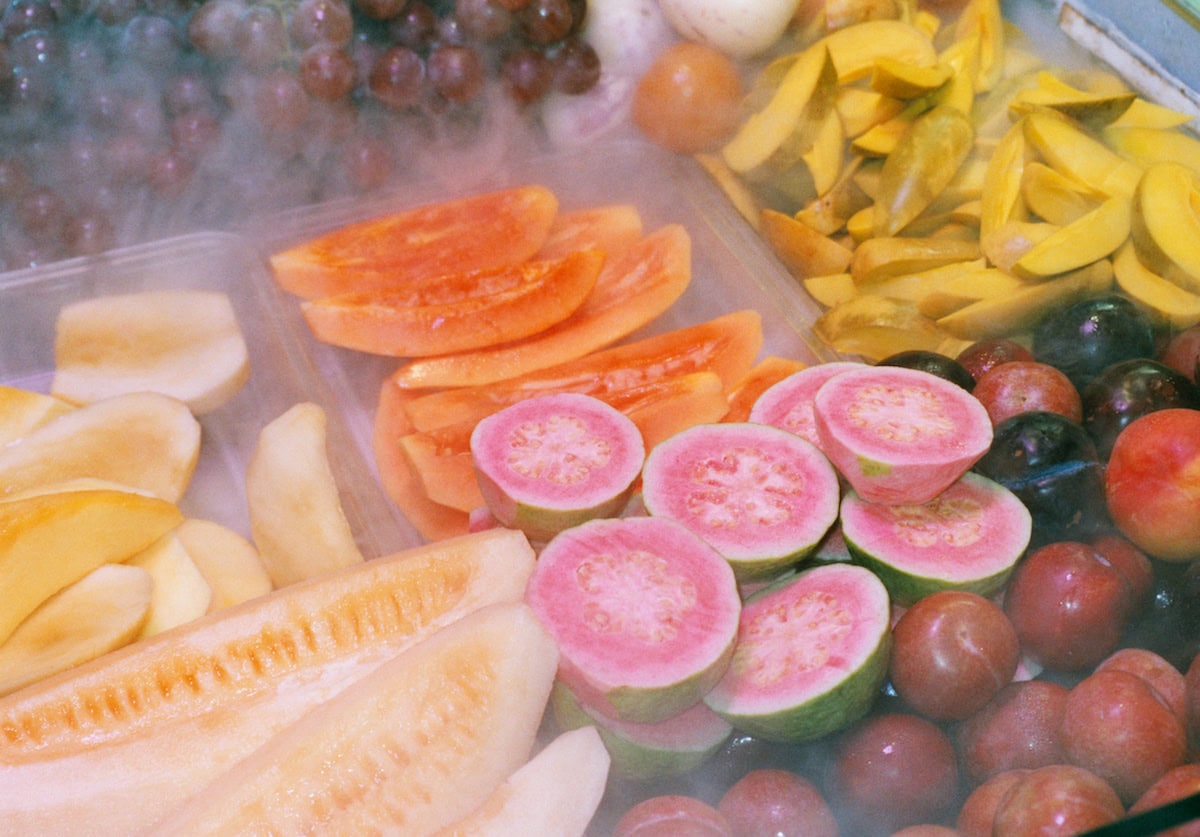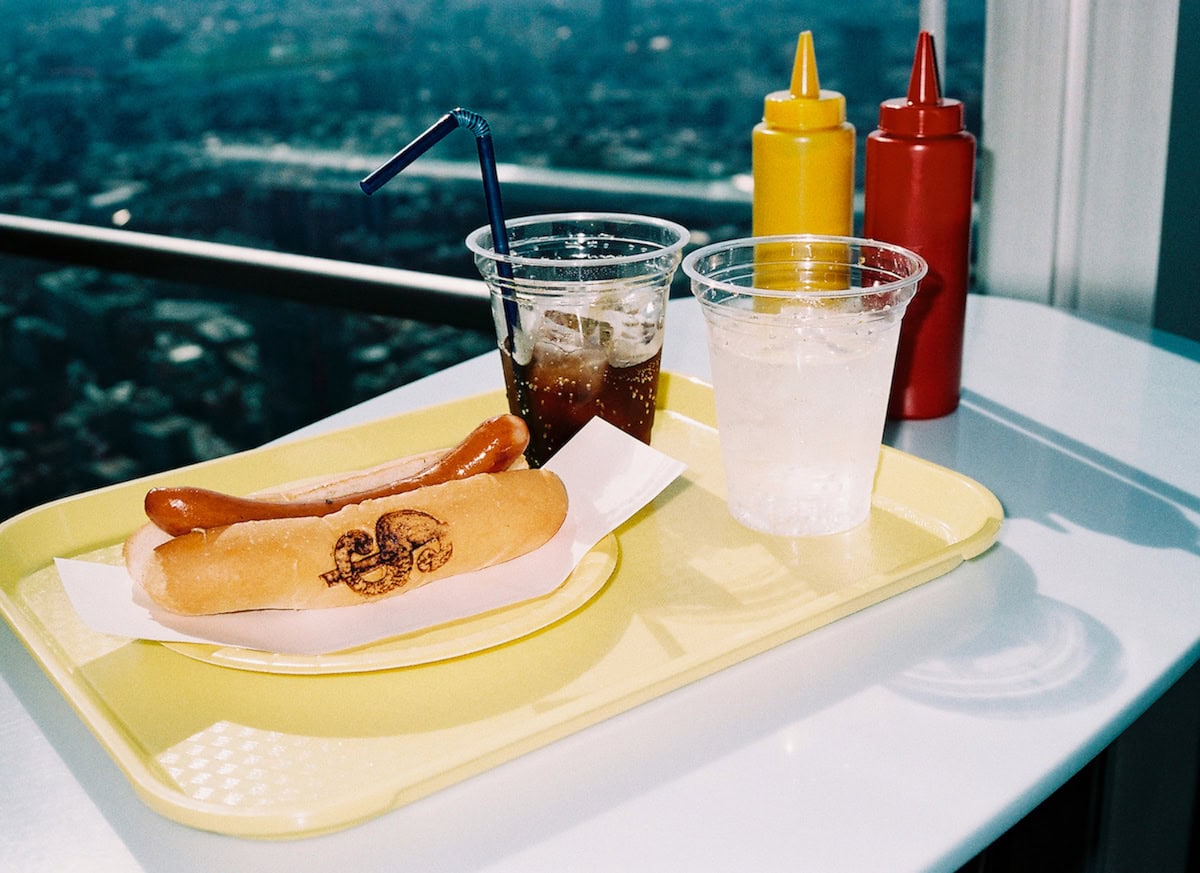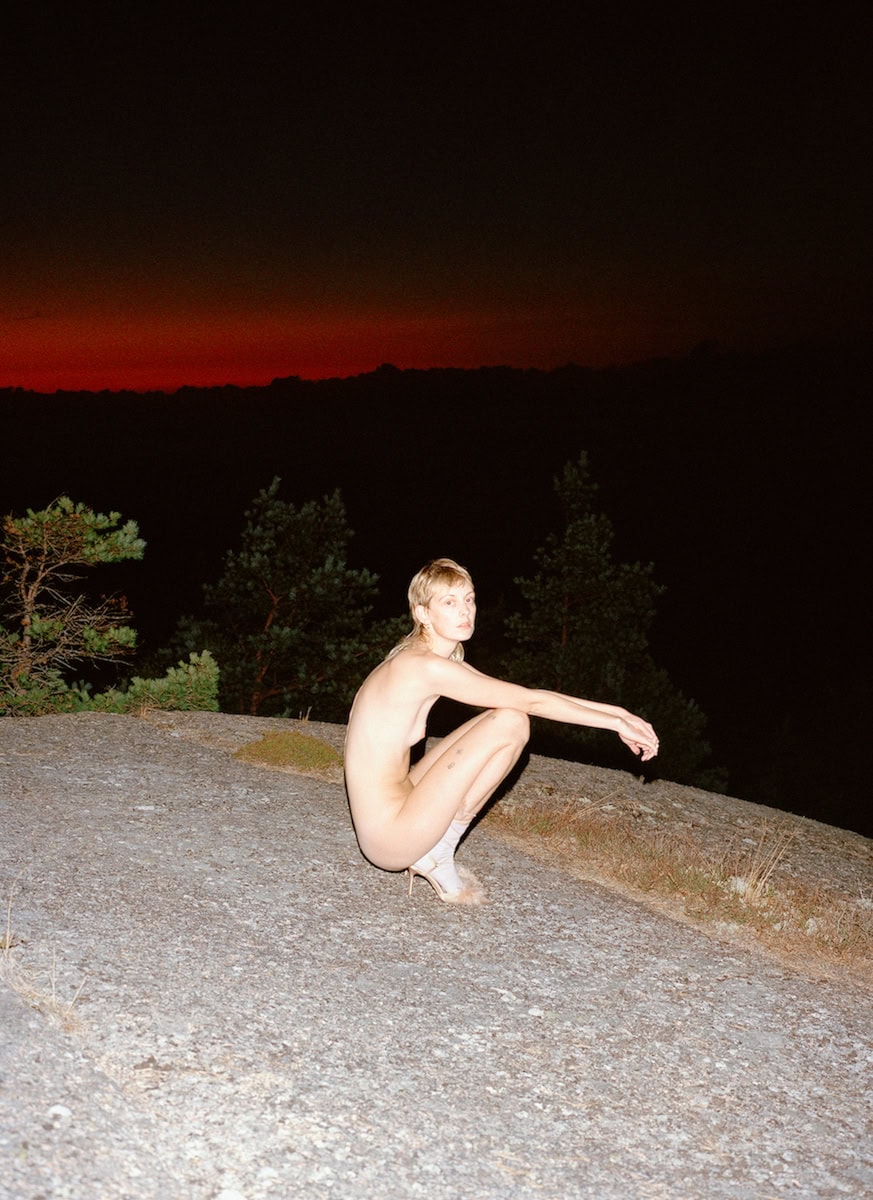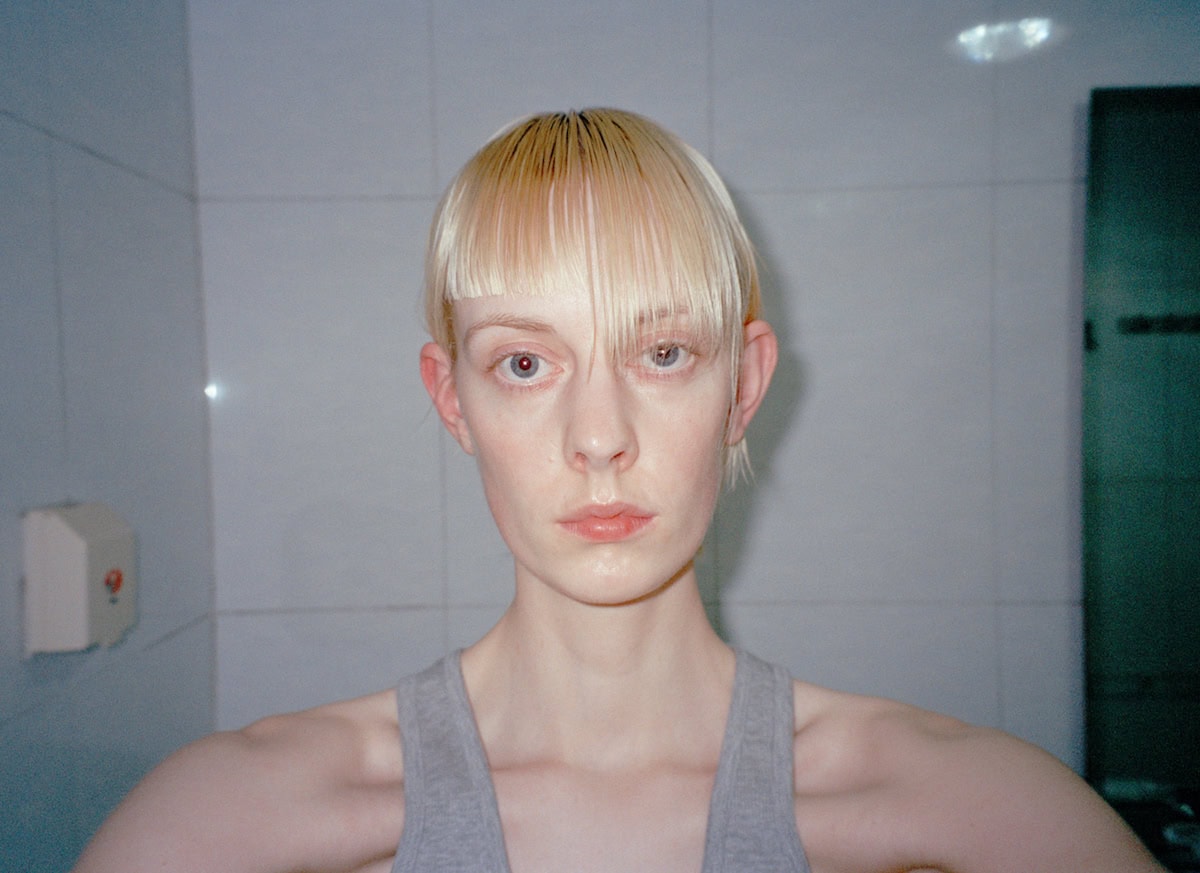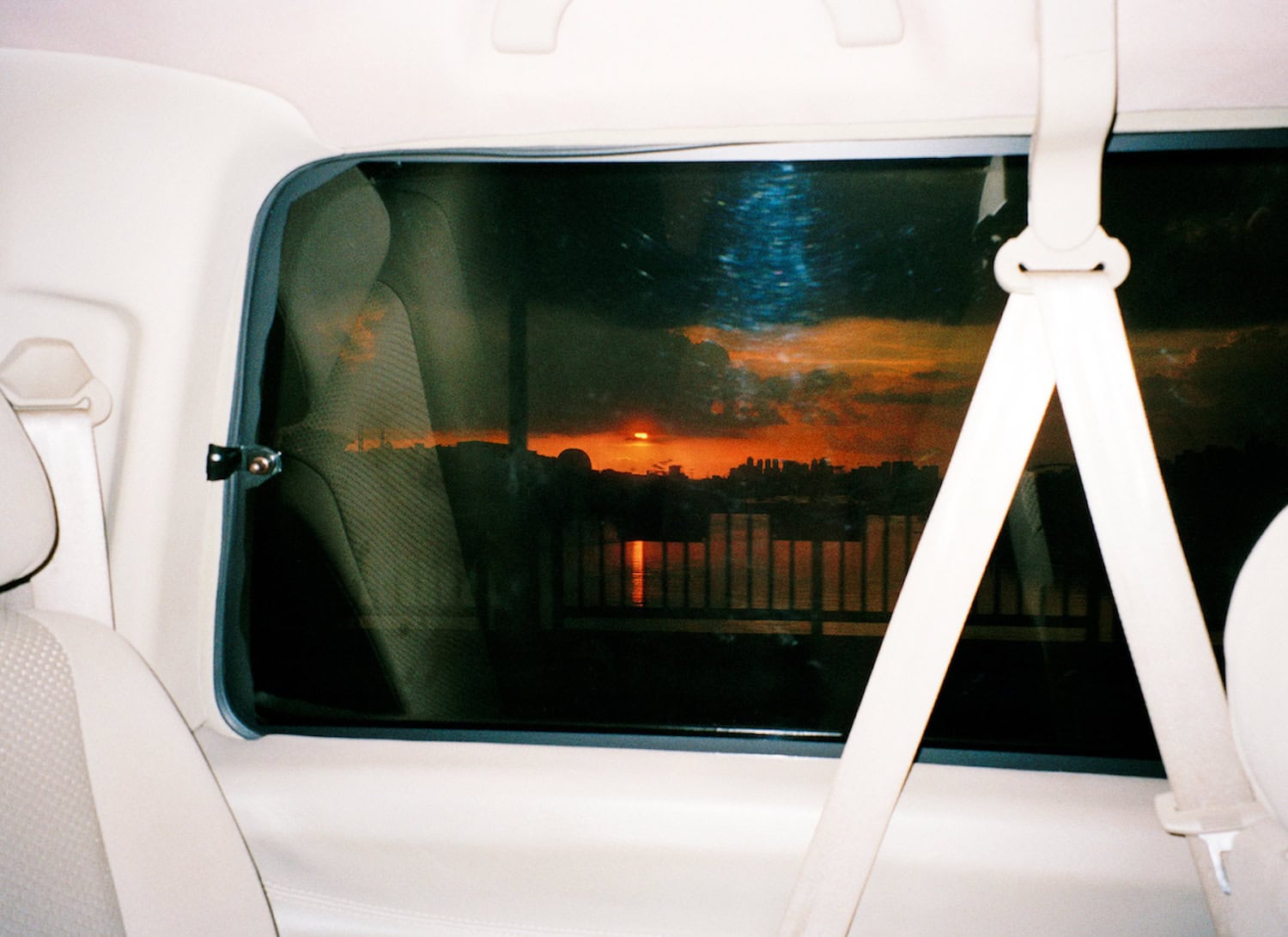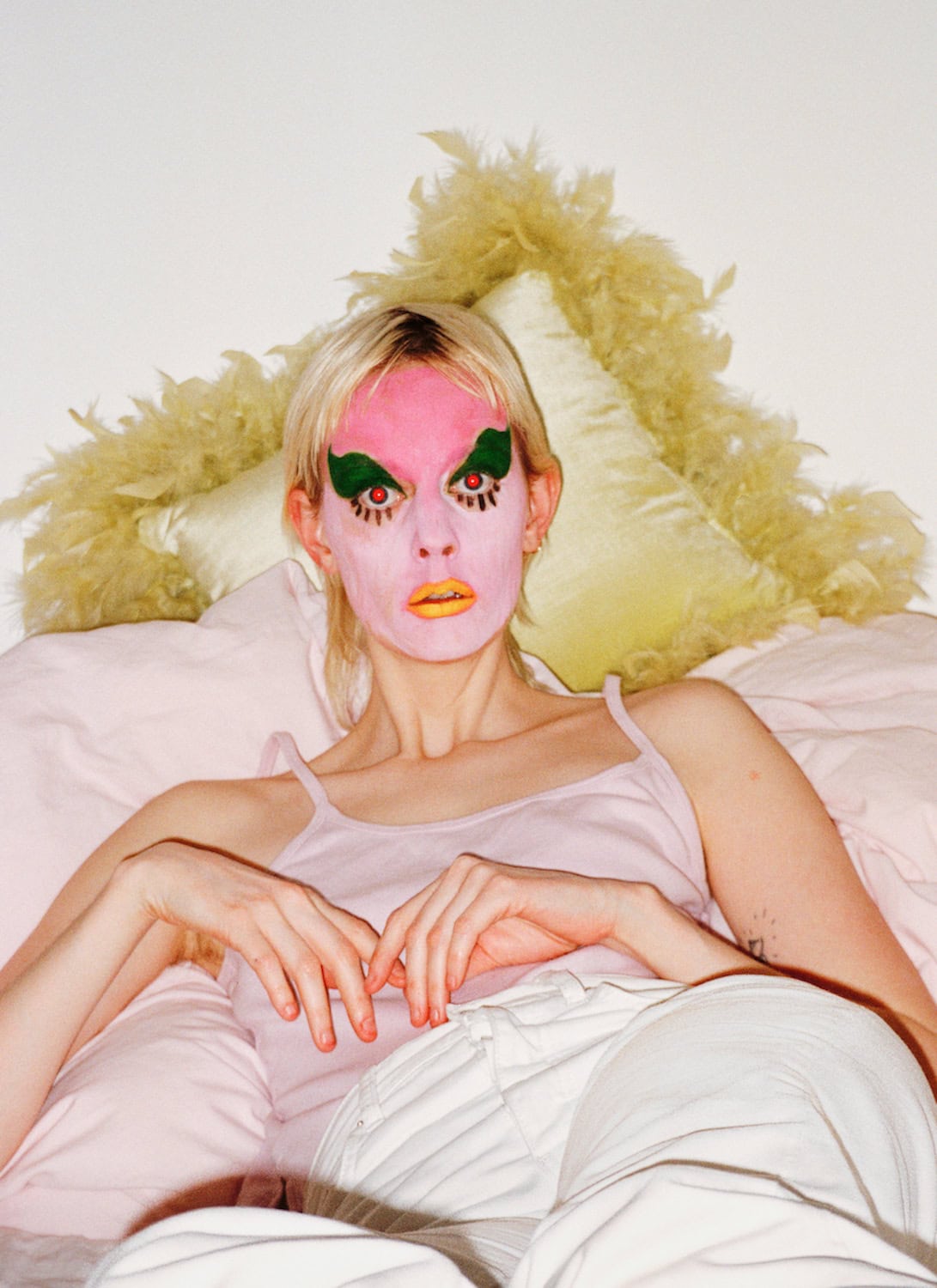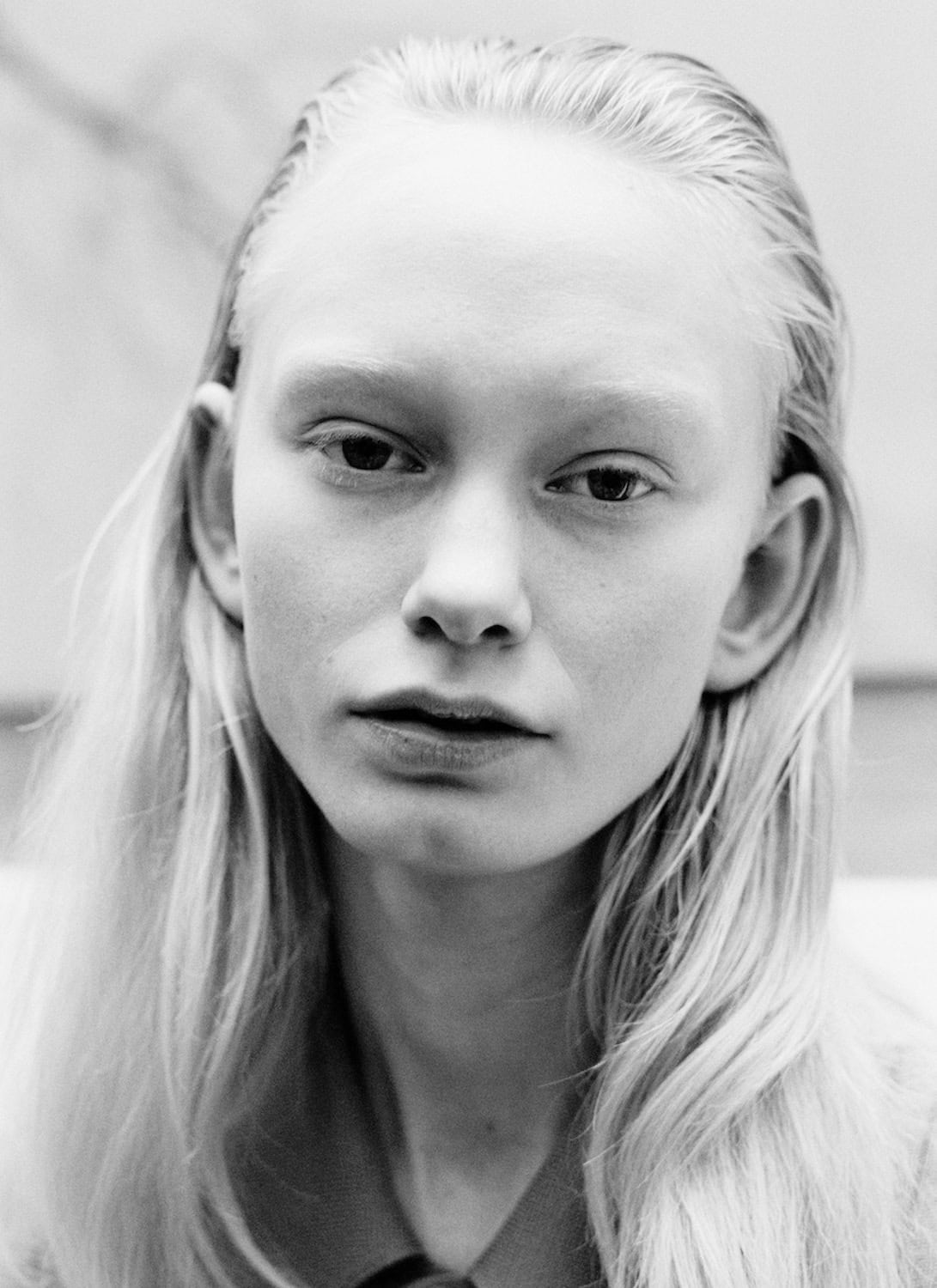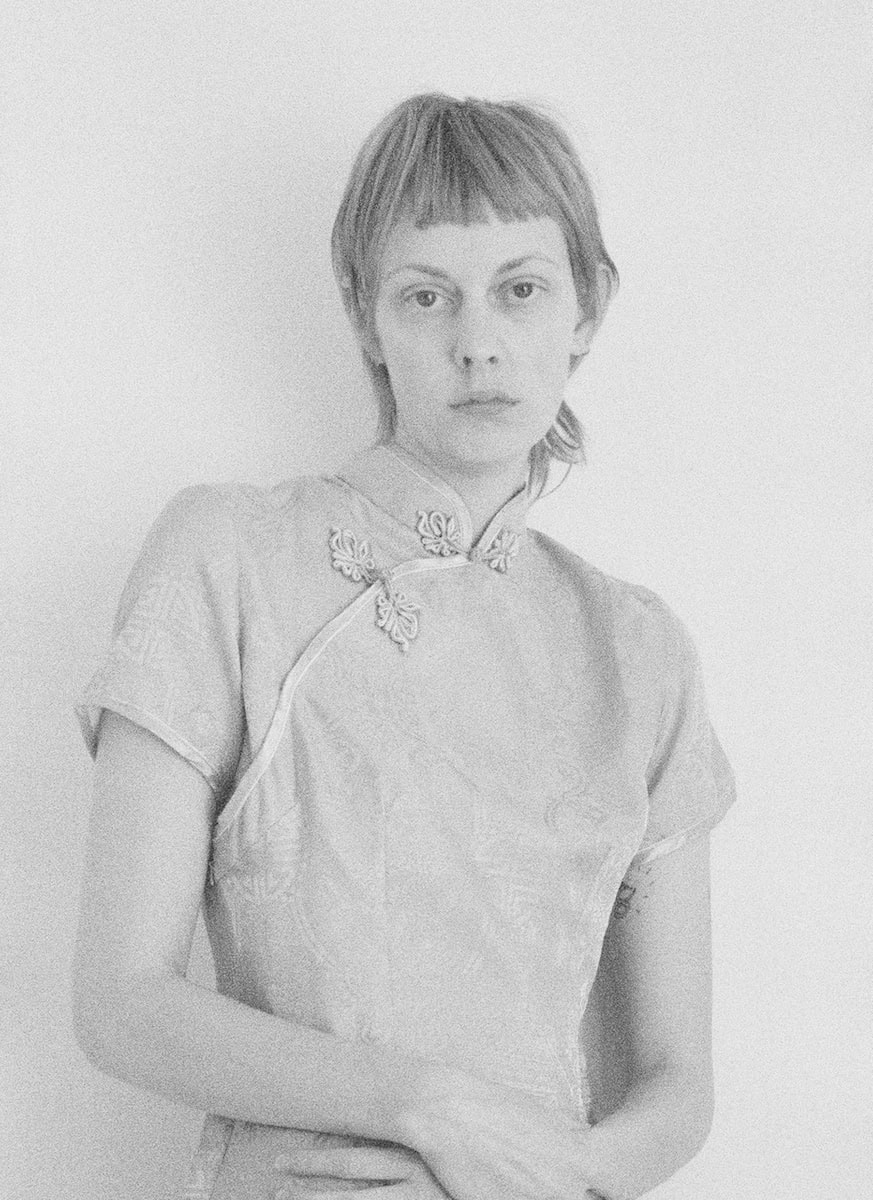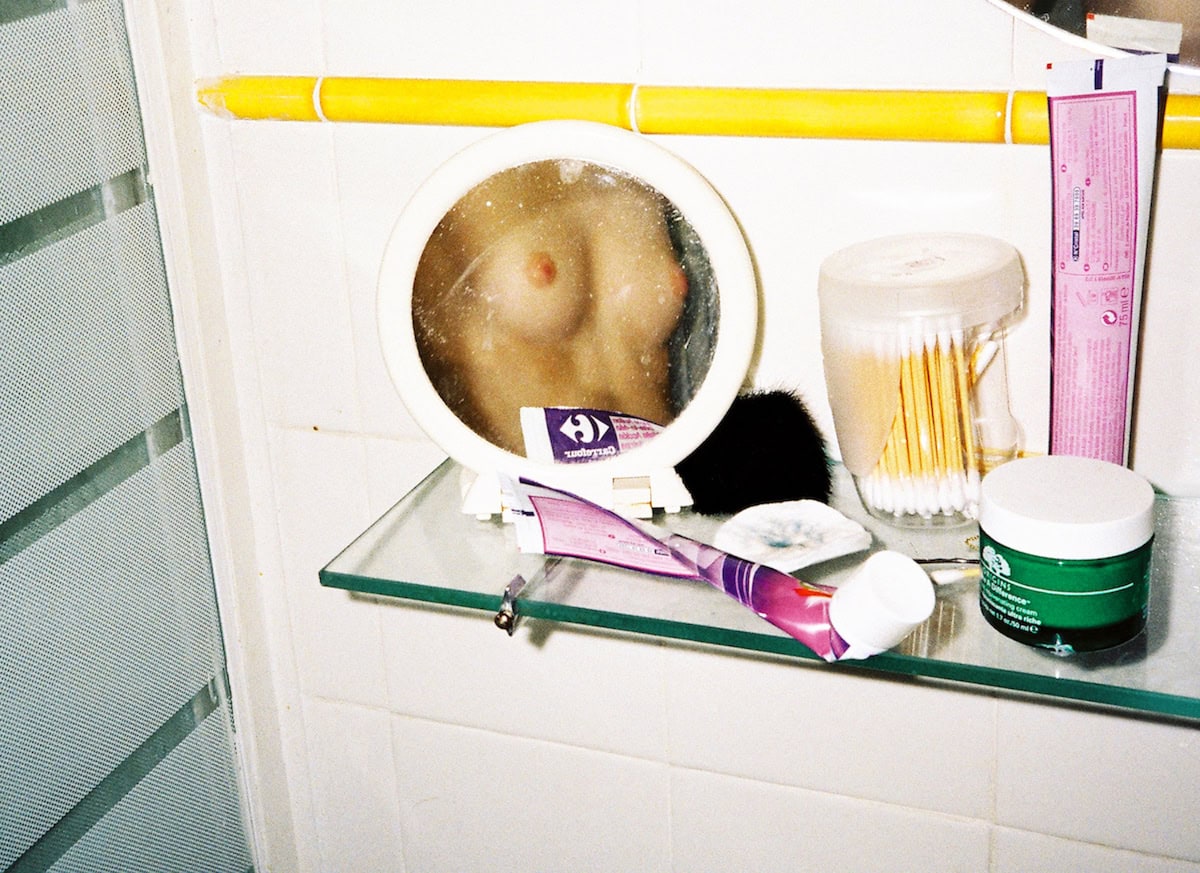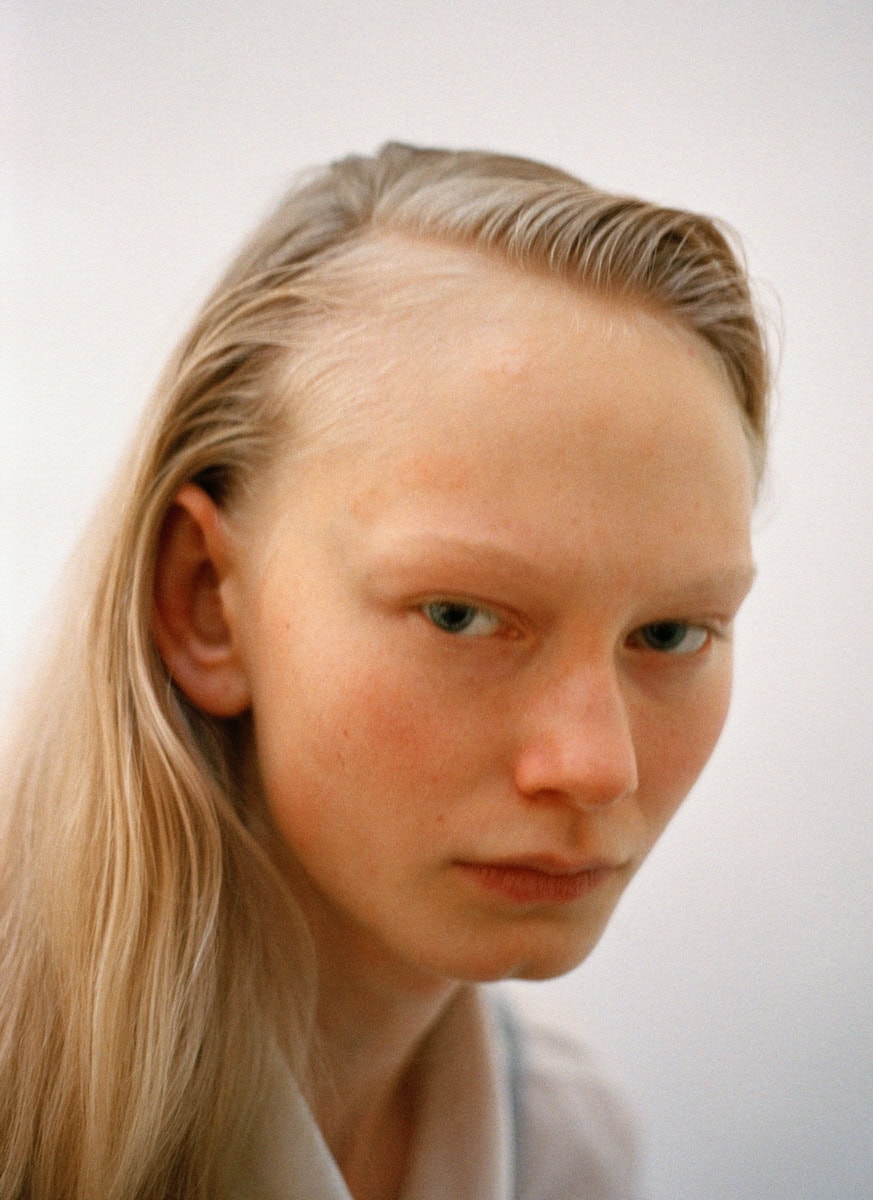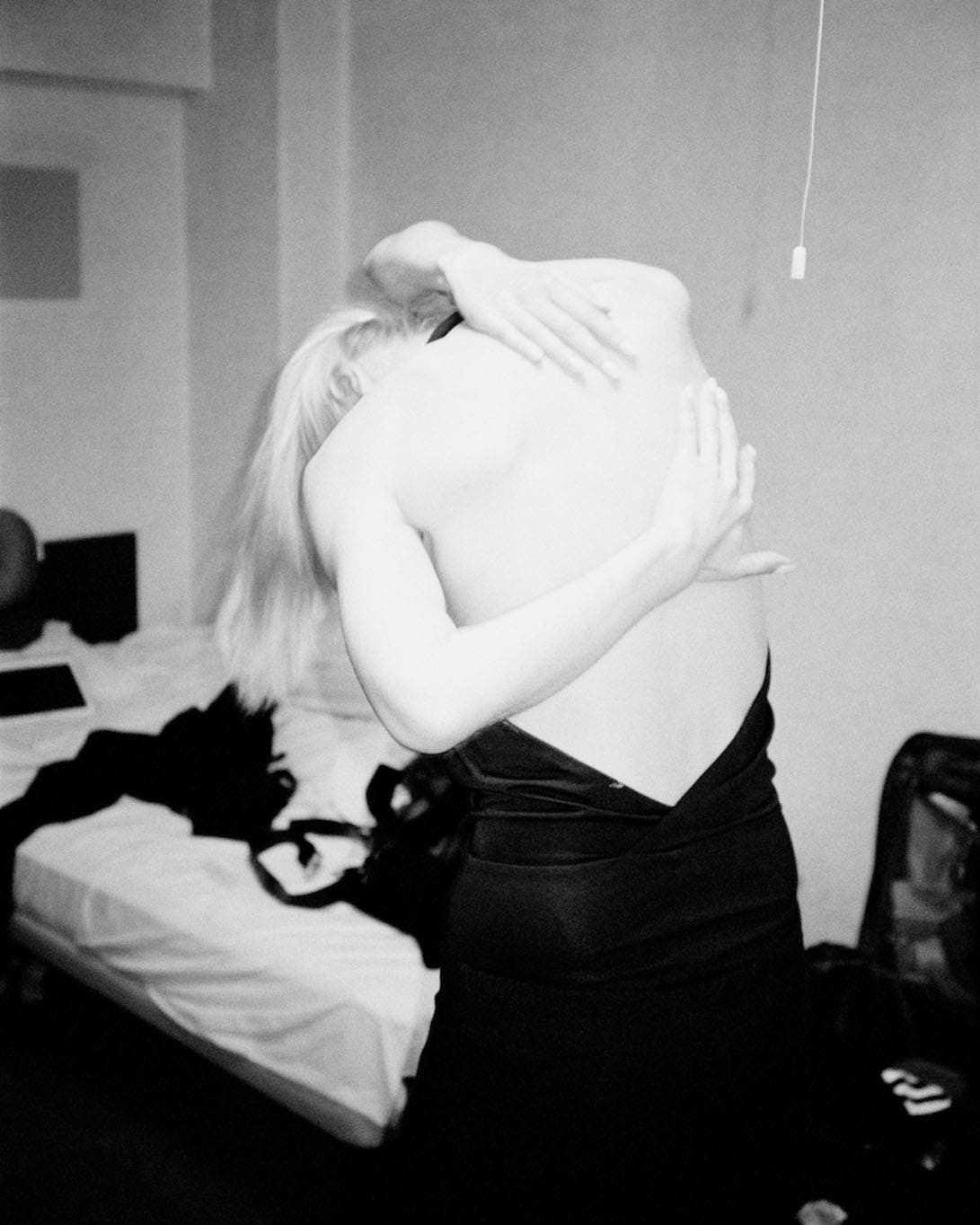What does it truly mean to be a professional model? Artist, writer, and model Matilde Søes Rasmussen has unveiled a genuine documentary of her last 10 years as a model in the fashion industry across Europe and Asia. Through a multidisciplinary approach, she’s stepped from her professional performance to embrace an unprofessional one in front of herself, coming down to an intimate level and confronting her true identity, lingering between performance and reality. Diary-entry-like texts and candid images mingle and complement each other, framing an ambivalent narrative rooted in the re-appropriation of the artist’s sense of self and realness across places and times.
Ilaria Sponda: As the Milan fashion week is approaching, we thought of capturing the point of view of someone who’s worked in the industry as a model and narrated it through art. You are indeed a model and in 2021 you produced a series of photo works and poems called Unprofessional. How long have you been working on it and how did the project come about?
Matilde Søes Rasmussen: I usually say the first picture of this work that has ever been taken is from 2011. The book came out in 2021, exactly 10 years later. It covers a period of 10 years of image, video, and text-making to come to life. It took me 5 years to put the book together. The textual part is important. I got back to writing during the years of art school while taking up a writing course. I used to write when I was a kid as my mom is a journalist but got to a point when I stopped. After years of neglect, the writing course got me back to it, to discover it could express what photography couldn’t and vice versa. And then the video part also started adding up a communicative level that couldn’t be reached by the other two forms of expression.
IS: How would you describe the tone of the language used in your critique of the fashion system? And how did you feel about exposing your experience to the public?
MSS: Unprofessional is a critique, that’s very true. I don’t feel a victim of the fashion system though. Well, I’m part of it. Especially now that I’m also a photographer, I’m objectifying myself and others through the camera. There’s a lot of love-hate relationship between me and modelling, which comes through the work itself. Modelling has made me discover new friendships, and travel and given me the possibility to discover myself in art and on a personal level. Fashion is anyhow a quite horrible industry that capitalizes on people’s bodies. Moreover, the written and visual language I created in the project is definitely humorous. The concept of the model is pretty wild and dark. I started this project naively. I didn’t have many expectations. After 10 years I happened to publish it in book form. Truly, I was only scared of the reactions of my personal acquaintances, like my parents. I honestly went through a little personal crisis when I published the work. It’s true that I haven’t gotten any modelling job since it came out, maybe because of it and what I’ve been exposing through it, probably because I’m just expiring as a certain age is approaching.
IS: Where have you mainly worked as a model? What differences did you find in the different countries? Your work seems to tackle the global modeling and fashion industry. Is it so or do you feel like there are some connotative traits speaking of local dimensions?
MSS: I’ve mainly worked in Asia: China, Hong Kong, and Tokyo have been the main destinations. I then lived in Paris for some years. I could find some differences in terms of being a foreigner far from home, especially in Asia. I believe I wouldn’t have made the book if I were only modelling in Europe. Unprofessional tells a lot about being a model but also a foreigner, about loneliness and feelings of not belonging. Bonding with other models in the apartments was a big part of my past. I remember my first trip to Tokyo in 2013. I’m still in touch with at least three of the girls I lived with. At the end of the day, despite competition, housemates were the only support community you had. No one could rely on their agency truly.
IS: How do you experience fashion events nowadays?
MSS: Well, as an introvert who suffers from anxiety, the idea of going to fashion events is not appealing. On the other hand, I don’t feel the same if I can join them for work if hired as a professional model. I can go for the “Model Matilde” role to play there. Modelling is about performing, my job is about performing. I’d rather not perform in my personal life.
IS: Have you ever come to Milan to work during fashion events? Or are you planning to come soon?
MSS: I’ve actually never worked in Milan up until now! I’m coming to Milan in October this year, but not for modelling or anything to do with the fashion world. I’m coming as I’m taking part in a group exhibition at Chippendale Studio, as part of a wider exchange exhibition program between Milan and Gothenburg. The exhibition in Gothenburg is opening up this month.
IS: What a coincidence! I’m curious to have a preview of the project you’ve worked on for this double exhibition! May I know?
MSS: Sure! The project is about female representation and the commodification of the human body as it’s the topic of my wider artistic research, so it’s in a way linked to Unprofessional. I’m displaying one photo in each location. In Sweden, one will see the first picture that has ever been taken of myself as a model. I was 18 years old and I looked like a Charleston dancer or a baby bird. It’s quite funny. On the other hand, the photo shown in Milan is the latest photo that has been taken of me for a Zalando campaign. I’m there wearing some garments with the word “sinner” written across the chest. Working across images and text, I’m displaying two texts explaining the photos too. One is meant to be travelling to see both of them and get the complete picture of the meaning. They’re about time passed and distance across places.
Unprofessional was published by Disko Bay in 2021 and shortlisted for the Rencontres d’Arles Photo-Text Book Award that year.
Matilde Søes Rasmussen is a Danish artist and writer. Drawing inspiration from personal experience as a professional model, her artistic practice explores the relationship between the body and its commodification. She moves freely between photography, filmmaking, and writing, often using her own body as a case study for her artworks.
